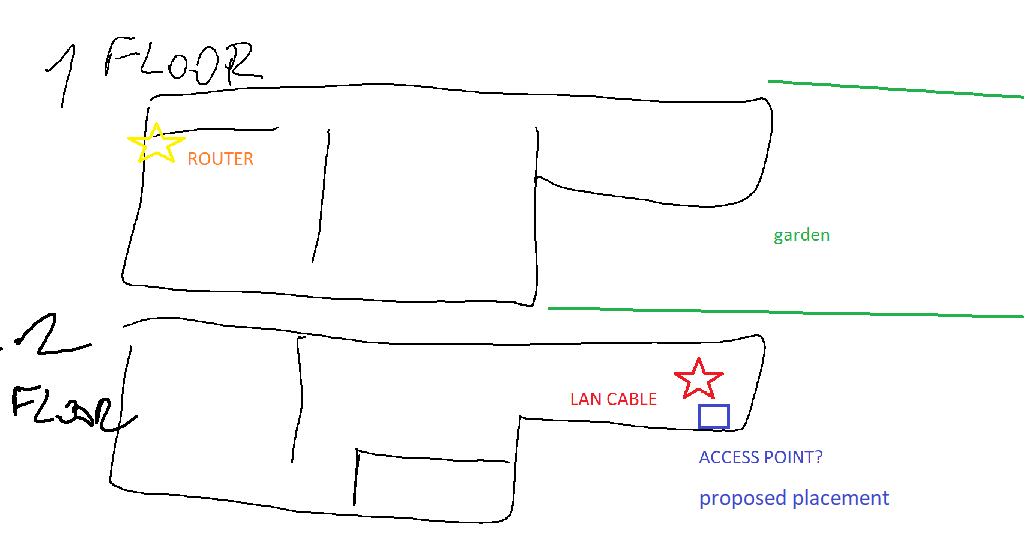Hi all,
was considering buying a mesh system, but as I have an Ethernet cable lying already across the house, I thought I'd rather buy an AP than pay money into a new system (where a lot of your money is going into pretty designs and fab marketing!)
I was just curious whether a custom AP would be as good as a mesh system at performing handoff as soon as the signal weakens?
I am thinking of using the modem/router of the ISP to cover the wifi in the front half of the house and then plugging the AP to the cable so to cover the back half.
Currently we are using PoE adapters and I cannot bear any longer with manually switching WiFis and being conscious of where I place them so that IoT devices (smart switches and thermostat) can communicate without issues.
Thanks!
was considering buying a mesh system, but as I have an Ethernet cable lying already across the house, I thought I'd rather buy an AP than pay money into a new system (where a lot of your money is going into pretty designs and fab marketing!)
I was just curious whether a custom AP would be as good as a mesh system at performing handoff as soon as the signal weakens?
I am thinking of using the modem/router of the ISP to cover the wifi in the front half of the house and then plugging the AP to the cable so to cover the back half.
Currently we are using PoE adapters and I cannot bear any longer with manually switching WiFis and being conscious of where I place them so that IoT devices (smart switches and thermostat) can communicate without issues.
Thanks!



